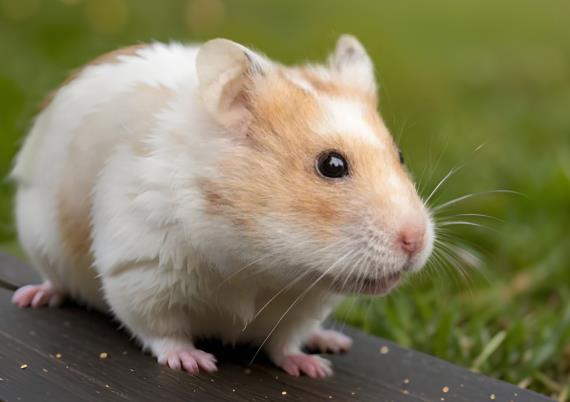Yes, hamsters are typically solitary animals. In their natural habitat, they usually live alone. If adult hamsters are forced to live in groups, the following issues may arise:

Strong Territorial Instincts
Hamsters mark their territories through scent. When two hamsters of the same species encounter each other, fierce fights are likely to break out. This is especially true for Syrian hamsters (commonly known as "golden hamsters"), and such fights can even be fatal.
Exception: Breeding Period
Hamsters only live together briefly during the mating period. After mating, female hamsters will drive male hamsters away and raise their offspring alone. When the baby hamsters are about 3-4 weeks old, they also need to be separated into individual cages to avoid inbreeding or fights.
Guidelines for Artificial Breeding
Solitary Caging: Provide a cage with sufficient space (a minimum length of 60 cm is recommended for a basic cage) and enrichment equipment such as exercise wheels and tunnels.
Avoid Group Housing: Even if young hamsters seem to get along well, the risk of conflict increases sharply once they reach sexual maturity (around 2-3 months of age).
Special Cases: Some dwarf hamster species (such as Roborovski hamsters) may live in groups for short periods, but close observation is still necessary.
Rare Exceptions
A very small number of domestically raised hamsters may adapt to living with companions. However, this requires professional guidance and the preparation of an emergency cage-separation plan. Overall, solitary living is the best choice to ensure their health and safety.
